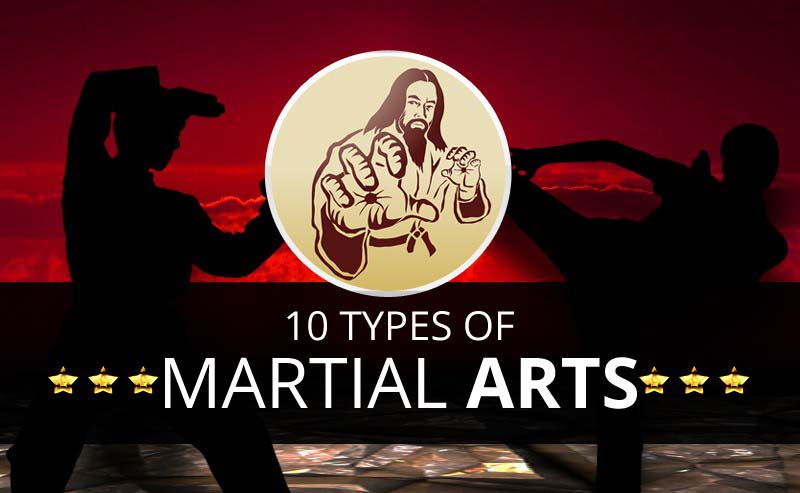A Historic Summary And Development Of Martial Arts Across The Globe
A Historic Summary And Development Of Martial Arts Across The Globe
Blog Article
Material By-Hess Fallon
Martial arts have an interesting background that spans centuries and continents. You may discover it fascinating just how ancient methods like Shuai Jiao and Kalaripayattu laid the groundwork for contemporary battle methods. These techniques not just emphasize physical abilities however additionally reflect the societies that birthed them. As you explore their advancement, consider exactly how globalization has actually changed these traditional types into crossbreed styles. What impacts do you think have shaped today's martial arts landscape?
Ancient Martial arts: The Structures of Combat
As you delve into the world of ancient martial arts, you'll find the abundant structures that shaped combat methods across cultures. Very early practices concentrated on Self-Defense and survival, typically including strikes, grappling, and weapons.
In ancient China, for instance, strategies like Shuai Jiao emphasized throws and joint locks, while India's Kalaripayattu showcased dexterity and liquid movement. Japanese samurai established Kenjutsu, a polished swordsmanship that highlighted self-control and strategy.
These martial arts offered not just for battle however also as a way of individual development, instilling values like regard and perseverance. The blending of these techniques gradually laid the groundwork for the varied martial arts you see today, each reflecting the one-of-a-kind viewpoints and demands of its society.
The Social Influence on Martial Arts Advancement
While martial arts typically reflect the functional demands of a society, they also symbolize the cultural worths and beliefs of their origins. When you explore different martial arts, you'll discover exactly how they're influenced by religion, philosophy, and social standards.
As an example, the focus on regard and discipline in Japanese martial arts originates from Zen Buddhism and samurai society. On the other hand, Brazilian Jiu-Jitsu promotes adaptability and approach, shaped by the need for performance in a varied, multicultural atmosphere.
You could find that the routines, uniforms, and training techniques show a community's history and identity. By understanding these cultural influences, you grow your admiration of martial arts and their duty fit human experiences around the world.
Modern Adaptations and the Globalization of Martial arts
Martial arts have actually transformed significantly in current years, adapting to contemporary culture and international influences. You'll discover that typical kinds have blended with modern methods, producing hybrid styles like mixed martial arts. adult martial arts classes near me deal with diverse audiences, making martial arts accessible and attractive worldwide.
With the rise of social media and digital platforms, you can locate tutorials and competitions from all edges of the globe, breaking geographical obstacles. This globalization has actually brought about a common appreciation for various self-controls, from Brazilian Jiu-Jitsu to Taekwondo.
As you engage with these arts, you'll recognize they're not just about battle; they advertise health and fitness, self-control, and psychological well-being.
Inevitably, modern adjustments have enhanced the martial arts landscape, making it a vibrant and advancing practice.
Final thought
In checking out the history and evolution of martial arts, you discover an interesting blend of methods, cultures, and viewpoints. From old self-controls like Shuai Jiao and Kalaripayattu to the modern-day flexibility seen in MMA, martial arts show mankind's pursuit for Self-Defense and individual development. As you involve with these methods, you not just acquire skills however likewise a much deeper gratitude for the diverse traditions that form our globe today. So, proceed https://www.orangeobserver.com/news/2023/aug/11/womens-self-defense-class-offered/ and accept the art of fight!
